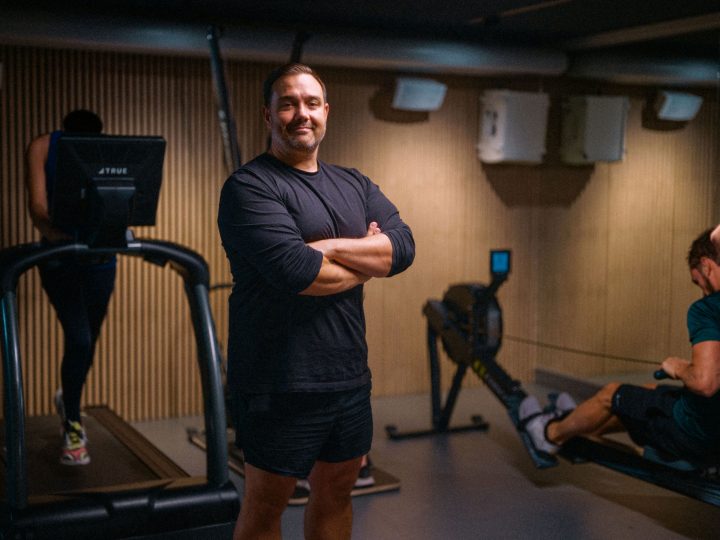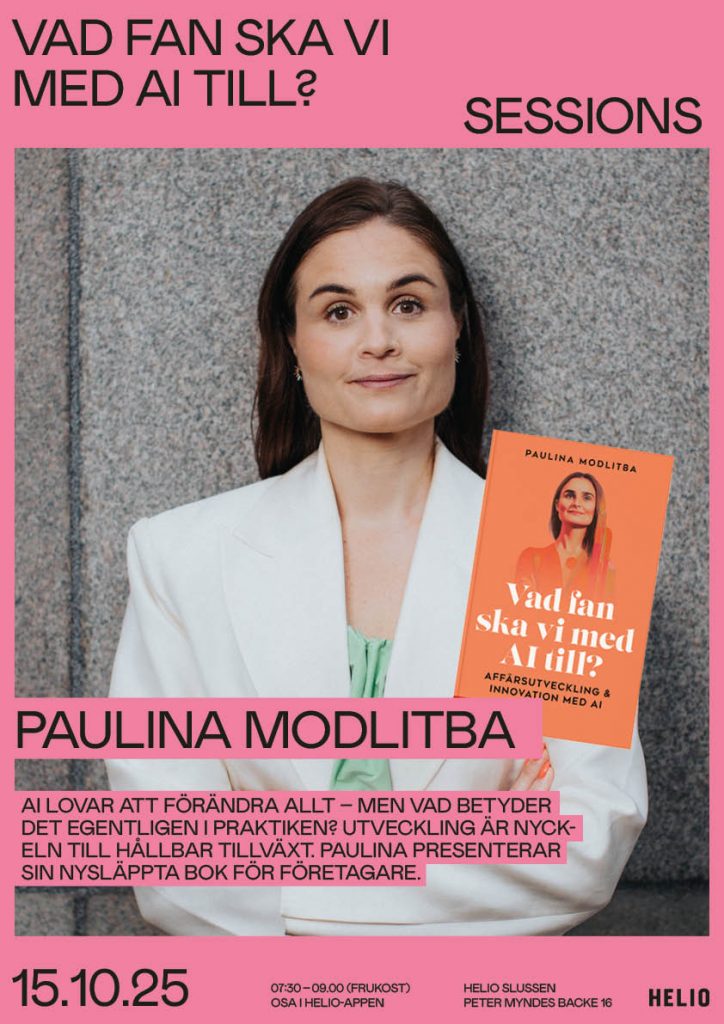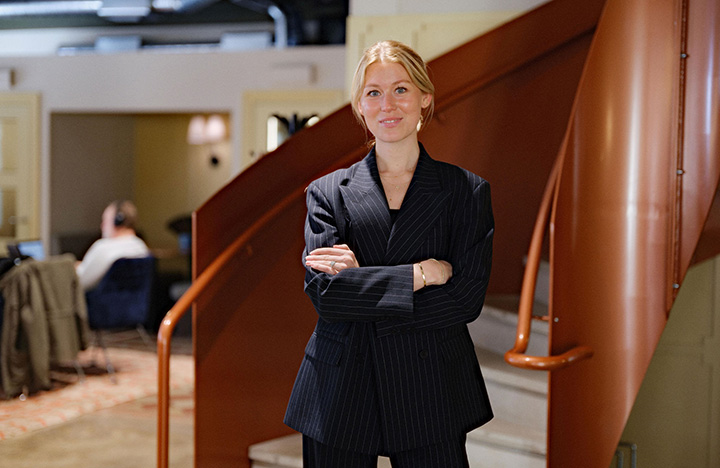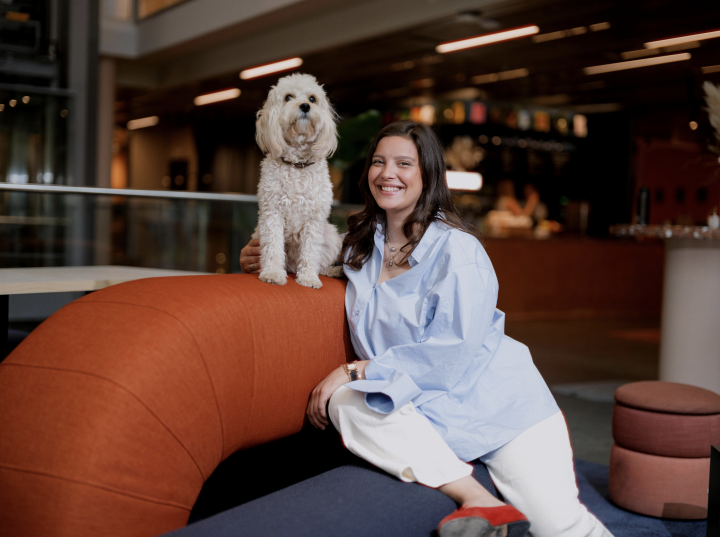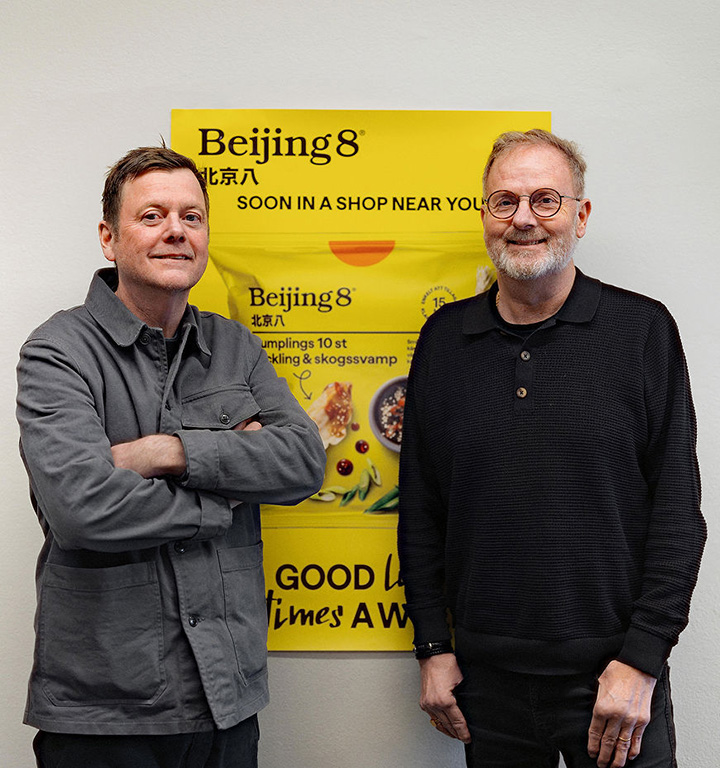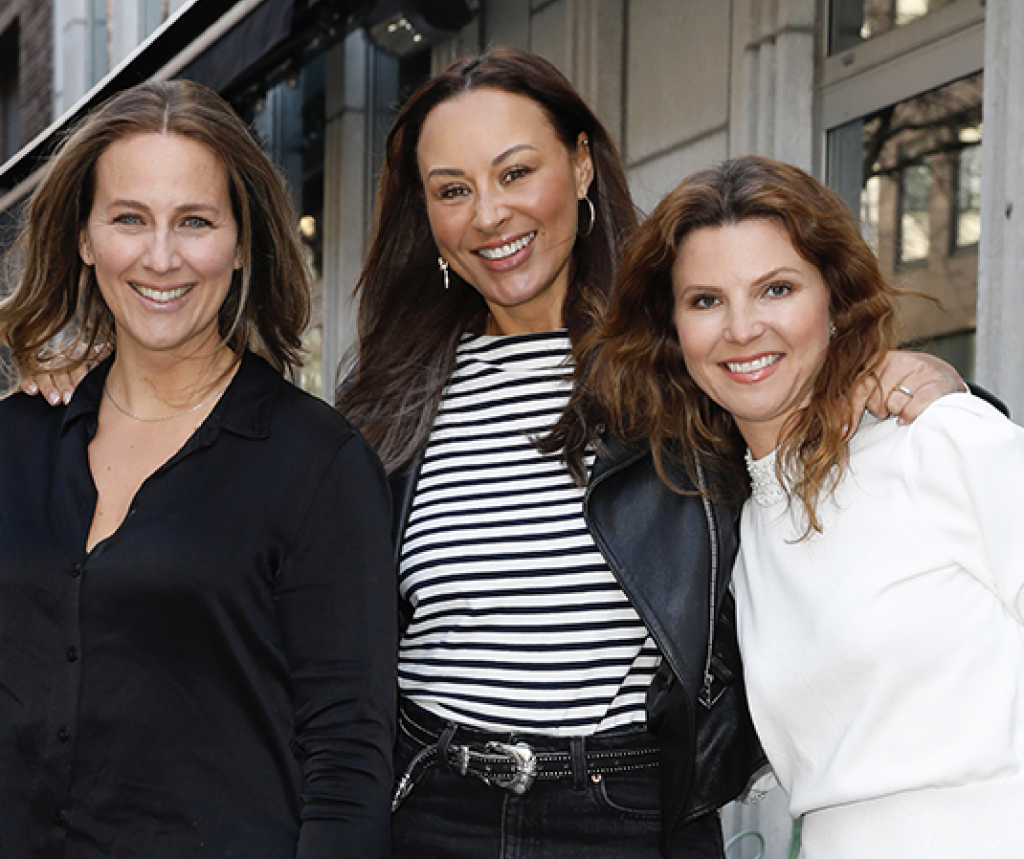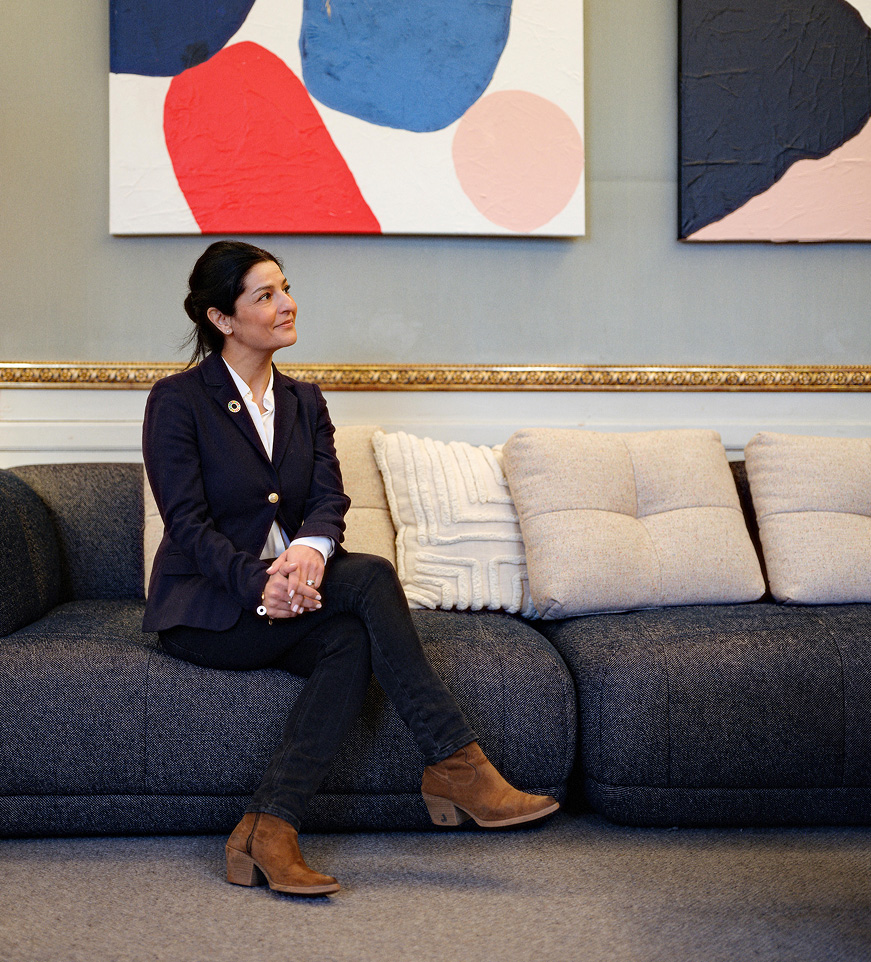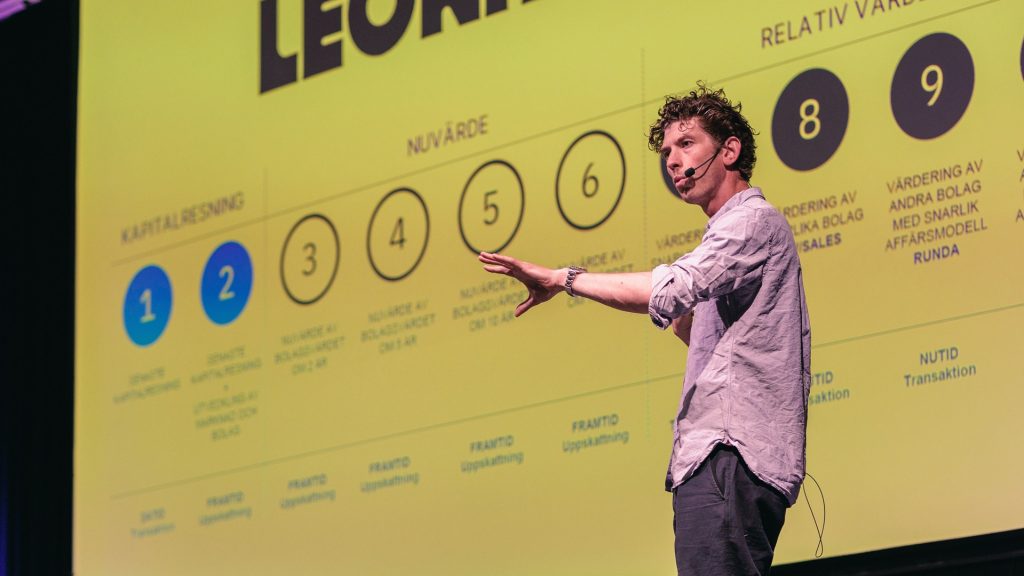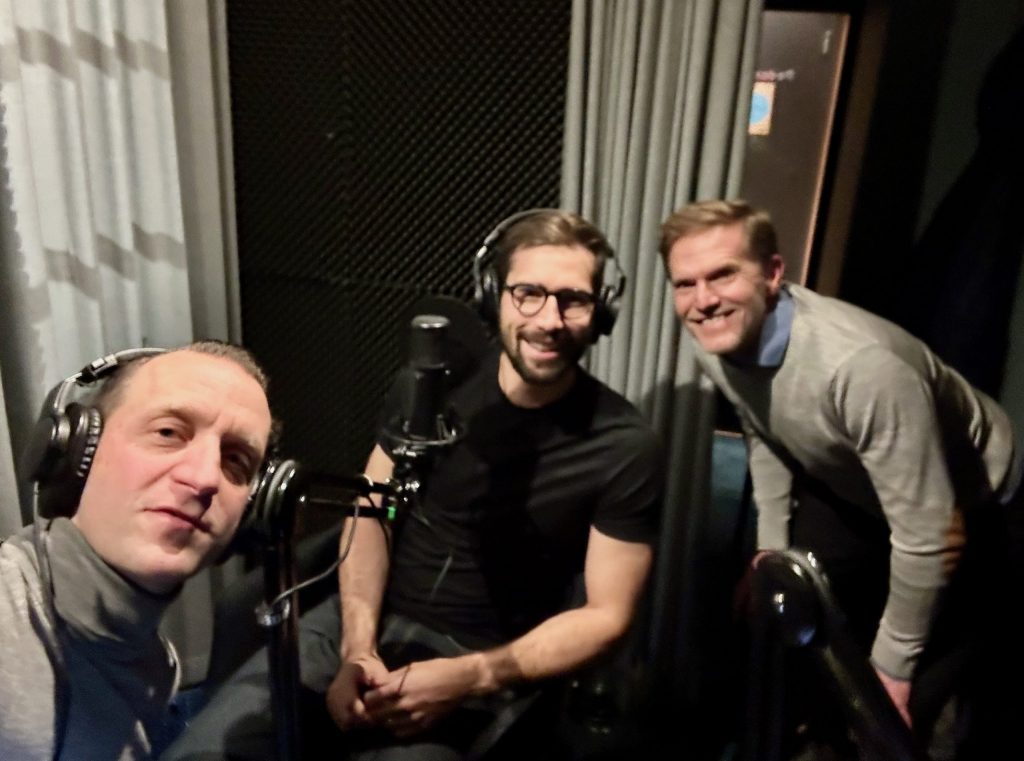Each of us have been to a really good workshop at least once. Lots of energy, unexpected ideas and colleagues that prove to be smarter than we might have thought. But we also remember less fantastic workshops, where the participants most of all looked forward to lunch. What’s the real difference? Usually, it’s about engaging the participants, breaking routine and instilling the feeling that everyone in the room are creating something together.
Good, relevant and arranged exercises are part of the answer – here are our 5 best exercises for everyone to be sure to remember your workshop as the best one.
Looking for a workspace for your next workshop? You’ll find our workspaces fit for 4-200 people, complete with sound system, whiteboard and everything you need for a workshop.
“How did we actually get here?”
This exercise is about making a futuristic (about 5 years into the future) newspaper from your industry, with your company on the cover with a big, scary, massive goal for where the company is headed. The title could be “How <your company> became the biggest in sustainable food” or “How <your company> made sense of diabetes”. The exercise will be amazing if you make a false cover page from an industry newspaper with the date 2024.
The workshop will then be split into groups of 4-5 people who get to map out how you got to this goal. It’s effective to divide the process by year. What happened year 1, year 2 etc, and what could happen?
Declare war on truth
Sometimes, the company’s freshmen come with the most brilliant ideas for the company without knowing anything at all. How? Simply because they know nothing at all. All companies have deep truths, and sometimes these truths stop the development of the company and set the company in a jam of old routines. The exercise – arrange a group activity where each member in every group has to list 5 deep truths about the topic of the day.
It could be that “nobody wants to talk to a chatbot”, or “most people want to own their car”. The most important thing is for the exercise to be fast, let each group work only 5-10 minutes with their list. Then, exchange truths between the groups who will get 10 minutes to counter the truths. It’s important to remember that these counters don’t need to be “true” or based on a well-built analysis – rather, what’s important is finding a new hypothesis.
Look further into Turbine on Grev Turegatan for workshops for up to 40 people – large screen, walls for post-its and drawings and perfect location right at city center.
Brainstorming? DON’T!
The concept of brainstorming was developed in 1938 by Alex Osbourne and meant generating as many ideas in the shortest time possible. This concept has been misused millions of times at soul-less conferences where goals and rules haven’t been clear. You probably have memories of someone walking up to the screen, saying “well, we have a slightly different perspective than the previous group”. For brainstorming to work, there need to be crystal clear on rules and goals. Make the box smaller for the creativity to be bigger.
So then, regardless of the question, remember to lessen the scope (“What are we going to do next week to solve this?”), shorten the time for idea development to 5-8 minutes. Work with an egg timer. Never extend the time, if you do, the group won’t learn to be finished by a deadline. Make the exercise concrete by using a client example – for example “our client John Smith faces this problem; how will we solve it?”
With these guidelines, let the brainstorming begin!
Bring out your inner Picasso
This is more of a general suggestion than it is an exercise. Ask people to draw in each exercise. This will activate the right side of the brain, triggering a whole lot of laughter and loosening people up. In short – an easy way to create an environment for problem solving and generating better ideas.
Which hat are you?
This is a variant on perspective-altering and innovation-creation. Take a problem or an assignment to solve, and put yourselves in the perspective of another business – how would they have solved it? It must be a well-known and established business for the exercise to work. For example Ryanair, Tesla, IKEA, Amazon or McDonalds.
Divide the workshop into groups, or by individuals if it’s a small workshop and assign a company to each group and the task to figure out how this company would solve the problem. Example: your company has issues with getting smaller clients to get on board with a product or service. How would IKEA have solved this? Or Ryanair? The effect will be best if you’ve prepared some props that the groups can used when presenting, such as IKEA hats, post-its or a bag for example.
These are some of our workshop suggestions. If you’re looking for some good space, we have over 60 that you can select from on Hornstull, Stureplan and Kista. You can always reach us at info@helio.se, 08 522 232 00 or through the chat down in the right corner.

